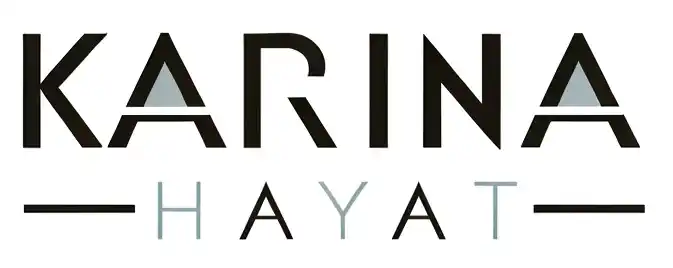Building Trust and Transparency in a Remote Work Culture: Insights from Karina Hayat

The landscape of work has undergone a seismic shift, with a significant portion of the workforce embracing to work remotely. A recent study conducted by Forbes in March 2024 revealed that 12% of full-time employees now work entirely remotely. While remote work offers undeniable benefits like flexibility, increased productivity, and reduced overhead costs, ensuring accountability and trust within a geographically dispersed team remains a key challenge for managers.
Leading successful remote companies in this evolving work environment involves establishing new norms and processes centred on trust and accountability. To achieve this, organizations must focus on communication, develop intentional work/life balance policies, and empower employees to manage their goals autonomously.
Understanding the Challenges
One of the primary challenges of remote work is the absence of traditional face-to-face interactions. In a physical office setting, casual conversations during coffee breaks or impromptu meetings at colleagues’ desks facilitate relationship-building and the exchange of ideas. However, in a remote setup, these informal interactions are replaced by scheduled video calls and digital communications, which may not fully replicate the nuances of in-person communication.
Additionally, geographic dispersion and different time zones further complicate communication and collaboration. Without clear channels for communication and defined roles, misunderstandings can arise, leading to a lack of transparency and trust among team members.
Strategies for Building Trust and Accountability
Creating a remote working environment that encourges trust and accountability is essential for both leaders and employees. But trust is challenging to build and even harder to maintain. Here are key strategies to move forward:
1. Objective Measurement of Performance: KPIs provide a clear, objective way to measure productivity and performance, removing ambiguity and subjectivity. They help ensure that all team members are evaluated based on consistent criteria.
- Task Completion Rate: Measures the percentage of tasks completed on time versus assigned tasks.
- Project Progress: Tracks milestones and overall progress on ongoing projects to ensure deadlines are met.
- Quality of Work: Evaluates the quality and accuracy of the work produced, often through peer reviews or client feedback.
- Communication Effectiveness: Measures the clarity, frequency, and responsiveness of communication within the team, often through tools like Slack or email.
- Attendance and Availability: Track attendance in virtual meetings and general availability during working hours.
- Technical Issues and Downtime: Log any technical problems and the amount of downtime to address and minimize disruptions.
- Employee Development and Learning: Tracks participation in professional development activities, training sessions, and skill acquisition.
- Innovation and Initiative: Evaluates the frequency and impact of new ideas and initiatives proposed by employees.
2. Utilize Technology Wisely: Choose time-tracking tools such as Hubstaff, a widely-used tool that includes activity monitoring, automatic screenshots, and detailed reporting to help managers ensure employee accountability. TeamLogger offers similar capabilities, capturing periodic screenshots, logging keystrokes, and providing detailed reports to manage productivity.
3. Feedback and Recognition: Conduct regular feedback sessions to provide constructive input, acknowledge achievements, and address any concerns or challenges. Feedback sessions should be two-way, encouraging open dialogue and mutual understanding.
4. Schedule Regular Check-ins: Regular touchpoints and check-in processes help employees stay aligned on goals and surface potential issues early. This includes both synchronous one-to-one meetings and asynchronous daily or weekly check-ins.
5. Virtual Team-Building Activities: Organize virtual team-building activities to strengthen interpersonal relationships and build rapport among team members. These activities can range from virtual coffee chats to collaborative online games or brainstorming sessions.
6. Lead with Transparency: Transparent communication builds trust and engagement. In remote settings, information can become fragmented, making clear and open communication crucial. Regular updates on organizational performance and decisions help maintain transparency.
7. Empower Employees to Manage Their Lives and Work: In remote work, the boundaries between work and life blur. Leaders must empower employees to manage their time effectively, providing autonomy and measuring outcomes rather than hours.
Visit for insights on shaping company culture and setting expectations, drawing from my first-hand experience and that of my co-founder, Zeeshan Hayat.
Conclusion
Building trust and transparency in remote teams requires intentional effort and effective leadership. By implementing these strategies, organizations can create a supportive and cohesive work environment where team members feel valued, respected, and motivated to contribute their best. Embracing a high-trust culture not only enhances team performance but also strengthens the overall resilience and success of remote teams in achieving their objectives.
What is the work culture in your company? let me know?
